When everyone talks about AI and cars, the first thing that comes to mind is driverless technology. When everyone talks about AI and education, the first thing that comes to mind is adaptive learning. However, adaptive learning is like unmanned driving and is divided into different levels. The lower level of adaptive learning is almost independent of AI, and the highest level of adaptive learning is not fully realized by a company. It is a very difficult problem in the AI ​​field. Today, I took everyone from the lowest level of adaptive learning and always talked about the highest level of adaptive learning. Level 0 is based on purely artificial adaptive learning If you want to do a self-adaptive learning product, we first assume that the computer is completely incapable of judging the student's ability level, and the teacher will judge it. After the judgment, the computer will push the corresponding course. Example 1: English composition correction The user enters his own TOEFL essay on the website. After submission, the essay is sent to a queue for manual annotation. After the teacher received the new composition, he marked each part of the student's composition, which words were misspelled, used wrongly, which fixed and mismatched, which grammar had problems, and what was wrong with the structure of the article. After the correction is completed, the student will receive the teacher's evaluation, and the words, grammar, and structure classes that the system automatically pushes. From an algorithmic point of view, the logic is very simple. There are different types of errors in total, and the corresponding courses. As long as students have some kind of errors in the composition, they will automatically push such courses. Example 2: One-to-one geometry class The teacher personally tutored a classmate one-on-one. At this time, a geometric topic was given to the students to complete. The students entered their answers by handwriting, but there were several process problems in the middle. After the teacher handwritten the correction, in the background of the live broadcast process, the student's knowledge loophole was recorded. The learning report generated after the class will include the student's knowledge points, the wrong questions, and the recommended similar topics. Even, in the process of live broadcast, what problems the teacher has, is not determined by the teacher at all, but is automatically issued by the system. The teacher only gives an evaluation of the knowledge loopholes in the students, and whether it is a more difficult challenge. From the algorithm point of view, the logic is also very simple. A geometric problem has a limited number of errors. It can find several questions with lower difficulty and higher for each question. Then the teacher decides to increase the difficulty and reduce the difficulty. Go to the next learning session. Next we let the computer judge the student's right or wrong. Level 1 adaptive learning based on simple rules We need to add simple conditional judgment based on Level 0 to realize the simplest adaptive learning algorithm. Rule-based adaptive learning is actually a decision tree. The applicable scenarios are those that do not judge whether a student has some kind of knowledge, but directly determine whether a student's behavior is wrong. Example 1: Car simulation driving The student slammed the red light, deducted points, and then told the students that you should pay attention to the traffic lights. Students turn left and forget to turn the lights, deduct points, and then tell the students, you have to remember to turn the lights. The student is speeding, deducting points, and then telling the students that you should pay attention to the speed of your driving. Because it is a computer simulation driving, the judgment statement is not complicated to design. This situation is not only suitable for driving, but also for scenarios where airplanes, excavators, and other computers can be simulated. Example 2: Smart Fitness Correction Through the wearable or video motion capture device, it is possible to obtain the angle of each joint when the student performs a series of actions such as squat, deadlift, and tablet support. When the student completes the action in a way that exceeds the specified value, the student is reminded that when you are hard-drawn, the back is not tightened enough, and the buttocks are not raised enough. The techniques and hardware of motion capture are not yet widely available, but in fact, the algorithm for determining whether the pose is correct is not so difficult. This kind of situation is not only suitable for fitness, but also the basic skills of various ball, dance, and even instrumental music. In fact, the degree of mastery of students is not necessarily so black and white, right is right, wrong is wrong, then we need to build a better adaptive learning algorithm on the basis of simple decision tree rules. Level 2 adaptive learning based on difficulty level Just now, in the adaptive learning of Level 1 level, we directly pointed out the students' problems through the behavior of students. And taking the example of driving, the same two people are neither red light nor speeding, but the experience of dismissal is very different - the so-called difference between a novice driver and an old driver. If we don't stipulate, students should push the corresponding courses if they are wrong. Instead, they should design a course with increasing difficulty. When the students finish well, they will increase the difficulty of the challenge. When the students complete the problem, they will Reduce the difficulty accordingly. This is adaptive learning based on difficulty levels. Example 1: English grade reading The reason behind whether a student can read an article is very much. A difficult word, depending on the context, may be able to guess; a few simple words, combined into phrases and collocations, may change completely; even if it is because of professional problems, possible words, phrases, grammars are all Things that you understand, but still don't understand, will happen. Therefore, the concept of so-called readability has been proposed abroad, and the Children's Publishing House divides books according to the approximate age group. While teaching, although each child has his true age, he can find the age group that is most suitable for him by reading tests. At the beginning of the book, education experts and teachers can assess the readability of books, but with the increase of books to be marked, this must be done by algorithms. The foreign readability algorithm is described in wikipedia (https://en.wikipedia.org/wiki/Readability). Take the common Flesch-Kincaid level as an example. The more the average number of syllables in a word, the longer the sentence in a paragraph. I think the more difficult it is to read the article. For example, the difficulty of college entrance examination is the most difficult in the 10th grade, the college entrance examination is in the 12th grade, and the TOEFL IELTS reading questions may have the finale of the 18-19 grade. Note that the readability algorithm, such as Flesch-Kincaid, takes into account the length of the sentence. For lyrics or poems that lack punctuation, and conversational articles that have too frequent punctuation, there will be large deviations that need to be corrected. Example 2: The ladder system of the king's glory Here we give a very interesting learning example, that is mobile games. MOBA mobile games like the glory of the king are not designed to design different levels of difficulty for the user to learn in advance, but adopt the ladder way, so that people with similar levels provide an advanced disguise in the same segment PK. Steps. In the qualifying ladder system, if you win more, you will encounter stronger opponents. If you lose more, you will encounter weaker opponents. Although the final win or loss of the game is not only related to personal operation, awareness and cooperation, but also compared with his teammates, the choice of hero combination is suppressed and suppressed, as well as luck. But on the whole, there is a clear gap in the level of a large segment (such as diamonds and platinum). The elo algorithm in Go, chess, is an important algorithm for assessing the level of international level. Unlike the ladder system, the score of winning or losing is not fixed, but related to the difference between you and the competitor. If you win a person who is better than you, you will score more points, and he will lose more points if you If you lose someone who is better than you, you lose less points and he has fewer points. Interested can refer to here: https://en.wikipedia.org/wiki/Elo_rating_system The biggest disadvantage of the adaptive learning algorithm based on difficulty is that the subject's mastery is a value—a bit like the idea of ​​dividing students into key classes, the normal version—and in fact, more often, everyone is concerned with disciplines. The mastery of fine-grained knowledge points. Level 3 adaptive learning based on knowledge point network and probability model Level 2 has only the concept of difficulty level. Now we have to introduce the concept of knowledge map. We actually have no direct way to measure the degree of mastery of the students' knowledge. We can only invert the degree of mastery of the knowledge points from the students' questions. Some mathematical formulas may be involved later, and students who do not can skip it selectively. Level 3 has more content, and we are divided into multiple parts. 1 The same difficulty, the topic of a single knowledge point Let us first explain why students' knowledge points are calculated using probability models. The simplest way for students to do wrong is to turn an uneven coin and look at the distribution of face up. If the mastery of the student's knowledge point is p, p is a number between 0 and 1, meaning that for every 1 question, there is a probability of p being right. Then the student made n questions, the probability of getting zero is the n-th power of (1-p), the probability of getting the full score is the nth power of p, and the number of questions he is most likely to do is n*p. The problem is that no one knows how much p is. We only know that in n questions, there are m ways to do the right thing. When n approaches infinity, we can almost certainly p=m/n, but in reality, let's not say infinite questions, the same knowledge point topic allows students to do 20 times, students will not stand. So in order to pursue practicality, we must sacrifice some precision. We can think that when n=0, that is, when we don’t know anything about the students, p should be a uniform distribution of 0~1, but as n increases, How should the distribution of p change? In fact, mathematicians have already told us that the conjugate prior probability distribution of the binomial distribution of throwing uneven coins is a beta distribution (the multidimensional version is called the Dirichlet distribution). Specific formulas and derivations can be found at Wikipedia at https://en.wikipedia.org/wiki/Beta_distribution The core idea behind this is that the same 100% accuracy rate, the same difficulty problem, Zhang San did three, Li Si did 20, due to the different sample size, the confidence factor of the knowledge point mastery is different . 2 Questions of different difficulty and same knowledge points Next, we have to consider that the real problem types are not all the same difficulty, and even a measure of difficulty is not enough. To give an example, the first question is how much is 1234*56789, fill in the blank question, and the title of a celestial body is the density of water. The weight is 100 billion tons. Is this celestial body a black hole? The former is actually less difficult than the latter, but because the front is a fill-in-the-blank question, the latter is a judgment question. In fact, the latter topic has a 50% probability of being matched. In order to be able to model the topic better, we introduce the IRT (Item-response-theory) model. The above figure is a three-parameter version of the IRT, where a is the degree of discrimination, b is the difficulty, and c is the probability of guessing. In the horizontal and vertical scales, the higher the value, the stronger the student's ability. c = 0.25, which means that even the worst students have a 25% chance of doing the right thing, so this topic is most likely a 4-choice one-choice question. b=0.0 means that the difficulty of this topic is just moderate. If b is relatively large, the representative can distinguish between the outstanding students and the ordinary students. If b is small, it means that this is a sub-question. If this is not done, Probably not seriously studying. Distinguishing degree a, it can be considered that when the degree of discrimination is particularly large, the question is either sure or not, and there is no intermediate zone. The initialization of the IRT model can be marked by the teacher, but only enough real problem data can reflect the real problem difficulty in the later stage. Generally speaking, after a topic is done by 1000 different students, the parameters can be basically determined. When this question is done by 10,000 students, it will basically converge, and then new students will have very small changes in parameters. On the basis of IRT, there are a series of BKTs using Bayesian + HMM, and a series of algorithms based on deep learning DKT. No matter how the algorithm evolves, the core purpose is to estimate the students' true knowledge points by doing the problem. degree. However, just one important point has been skipped by us. That is, the actual problem is not only a single knowledge point, but often it can correspond to multiple knowledge points at the same time. At this time we will introduce the concept of the topic knowledge mapping matrix (q matrix). 3 The situation corresponding to multiple knowledge points The q matrix is ​​a matrix corresponding to the knowledge point, and the value can be either discrete 0 or 1, or a continuous probability between 0 and 1. One of the biggest workloads of Level 3 adaptive learning lies in the construction of q matrix, especially when the granularity of knowledge points is relatively small, the labor cost required to invest is very large, and the mathematics of a junior high school is one million. Labeling the topic, it is almost impossible to complete without millions of dollars. And even after receiving enough data, you can evolve the q matrix, do the splitting and merging of the knowledge points, but without any initialized q matrix, it is almost impossible to empty the white wolf. Knowledge map. How to label the topic in the end? This process must abandon the knowledge points in the narrow textbook and use the Knowledge Component. In addition to chapters, general knowledge points should also include strategies, points of study, skills, misunderstandings of knowledge, and even whether students are sloppy, and how to read and understand the application questions. A good system may give different choices to different options for multiple-choice questions, and the fill-in-the-blank problem will be more complicated. 4 knowledge points are related to each other to form a knowledge map Knowledge points are not isolated. When the student does the question, in addition to updating the knowledge points corresponding to the topic, it is also necessary to reduce the confidence + spread to the relevant knowledge points. This part of the algorithm is not complicated, it is really difficult to build a knowledge map. The relationship of knowledge points is much more complicated than the chapter trees presented in textbooks or teachings. The structure of the chapter tree is only an inclusion relationship, and due to the different versions of the textbook, a mapping network of knowledge maps and textbook chapters of different versions will actually appear. In the high school learning stage, some knowledge points will appear again and again. However, each time the appearance is to reinvent the past definition and characteristics, but when the senior high review is over, it must be integrated. These similar knowledge points need to be related. stand up. Many teams have made sequential relationships of knowledge, but they have neglected. In fact, sometimes learning more knowledge not only does not strengthen the past knowledge, but may lead to confusion and reduce the mastery of past knowledge (such as in English). After learning compose, I learned the relationship). 5 taking into account the impact of time A student has done 100 questions with the same knowledge points, and finally 50 pairs. Does this really mean that the student level is 0.5? In fact, it is very likely that the first 20 questions, because the students have nothing, only 2 -3, and then 20 questions, the students have basically mastered, and may be all right. We need to look at the development of students with a changing mindset, which means that we need to “forget†those things that have been around for a long time. That is, we need a sliding window, the farther the behavior data weight is lower. Another time influence is memory. As time goes by, the proportion of students forgetting will be higher and higher. The best review time is when students just want to forget, but they don't forget. The adaptive review algorithm, open source software anki uses supermemo's early spaced repeatition algorithm, which has been able to meet most of the needs, and is the algorithm adopted by most back word software. Finally finished, the following can be exemplified. Example 1: Mathematical fill-in-the-blank question, scientific notation of 0.0035 For example, the student replies: The easiest way to do this is to systematically evaluate this question as a simple question, saying that your scientific notation is basically impossible. But in fact, if he is a good math teacher, he will find that the students have made a mistake. First, the number of scientific notation should be non-zero. Second, the position of the negative number is wrong. Third, the students estimate that the teacher said that from the decimal point to the next few, the index should be put, but did not really understand the meaning of the coordinates on the index. Example 2: Pronunciation and grammar of English open composition The pronunciation of the knowledge map is relatively simple, bit and bite confuse the pronunciation, then the possibility of confusion between lit and light is very large. Even bed and bead may be wrong because the length of the vowel is unclear. In the process of reading students, you can gradually collect questions and push the corresponding courses. The grammatical knowledge map is more complicated. It is also the past tense of verbs. Regular verbs include many situations. Irregular verbs almost each constitute a knowledge point. Past tense and past participles are another kind. Happening. The same is the article, a is followed by a vowel is a case, but a user is a special case, an hour is another special case, if the geographical location is followed by, it is more chaotic (the USA, but not the China ). The amount of English teaching and research is not at all simpler than mathematics. To achieve this goal adaptively, there are still two major problems. One problem is that the manual teaching and research work is costly, and the finer the better, the more difficult it is. Another problem is that only objective questions can be solved. There is absolutely no way to do the proof questions and short answer questions. And only being able to do adaptive in the problem-solving step is the ultimate ultimate solution. Level 4 Adaptive learning based on NLP and inference engine The true AI level of adaptive learning is Level 4. If you use autopilot technology to compare, this is where you can let go, don't touch the steering wheel, don't look at the road, don't listen to the navigation, sleep in the car, the car will safely send you to your designated location. To achieve this level of adaptive learning system, you can get any subject problem, through the NLP examination for mathematical relations, and then use a variety of strategies to get the correct answer (that is, the recent college entrance examination robots in the competition), and see others When answering, judge whether the answer is correct. A simple and rude idea is to skip the inference engine and directly take millions of questions to do char-rnn, doing the mapping of the topic sequence and the resolution sequence, but obviously this is not work. It can be thought that the answer is just like the program code, it is inherent logic, but currently char-rnn is not capable of generating any real code, at most it can only generate some code that looks correct in format but has no meaning. . If this matter is to be done, the logic of reasoning must be dead. After all, there are too many types of errors that students may have in a topic. E.g: Derivation error 2. Calculation error 3. The key steps are in the wrong order 4. The reasoning is correct but the reason is wrong 5. I calculated the error multiple times, but the final answer happened to be right. 6. Use conclusions to "rebel" conclusions 7. Introduce conditions that did not exist 8. Redundant steps This is actually like the alphago. In addition to a deep learning value and strategy network, it also needs a logic mcts. In the case of mathematical operations, it also needs two parts: "reading comprehension" and "inference logic." So the whole process should be: 1. [Identification] Extract the title and related pictures of the title into conditions that the machine can understand. 2. [Logic] There is no logic error in the judgment of the title. There is indeed a solution (Xiaohong has three apples, Xiaoming has four, how much is Xiaohong, or |sin(x)|=2, seeking x) 3. [Logic] draws the standard answer 4. [Identification] If the student is a handwritten answer, first do image recognition (this part will lose a part of the accuracy rate can be compensated by the grammatical structure, for example, the 1W that recognizes the pen is actually 100) 5. [Logic] If it is a choice, fill in the blank and directly compare the student's answer. 6. [Logic] If it is a big question, verify that the student's reasoning process is complete and correct. 7. [Expression] judge the student's mistakes, do not tell the complete answer, but just give the students a pointer 8. [Expression] A conversational interface between AI and people Compare the current sweeping software, where the students will not, where to copy the answer. And this adaptive learning system is even more, where is stuck, wrong, and where to remind me. This kind of teaching method is to really help students to grow and advance. Of course, it is also necessary to prevent some students from using the reminding mechanism to constantly brush the final answer. Example 1: English composition AI correction Back to the Level 0 example, but no longer need the teacher's participation, AI directly gives vocabulary, phrases, sentences, grammar, article logic, structure, and writing grace and give suggestions for scoring and modification. The current AI is OK for the previous points (especially the Grammarly company abroad), but for the structure, logic, and writing, it is completely impossible. Example 2: One-to-one geometry class Or the example of Level 0, the teacher is really facing unemployment this time. Every student in China is equipped with one of the most powerful AI teachers. He can solve your learning problems in a targeted manner. It is still pen and paper on the computer, but he will remind you at any time that the process of learning has been feedback for a long time, and it has become like a game, and there will be feedback and progress soon. In conclusion, once Level 4 level adaptive learning has emerged, there will be a huge disruption from Level 0 to Level 3, after all, it will automatically drive, and naturally there is no need for separate automatic parking technology. However, Level 4 is very difficult, both domestically and internationally. To be honest, I didn't expand the algorithm here, because I don't even know what the specific algorithm should do. As for Level 4, there will be no black technology like transplant memory in the next few years, and we are not aware of it at present. Leather Stationery,Leather Stationary,Leather Office Stationery,Leather Pen And Pencil Holder Dongyang Bestway Leather Co.,Ltd , https://www.aurorafashion-cn.com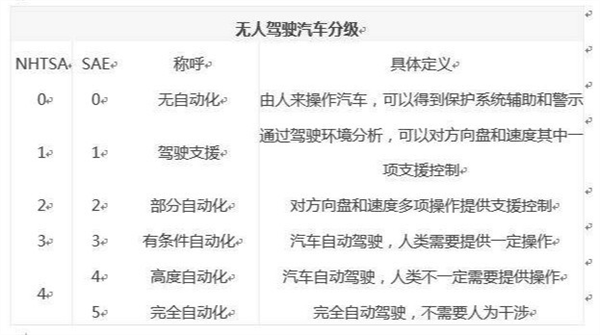
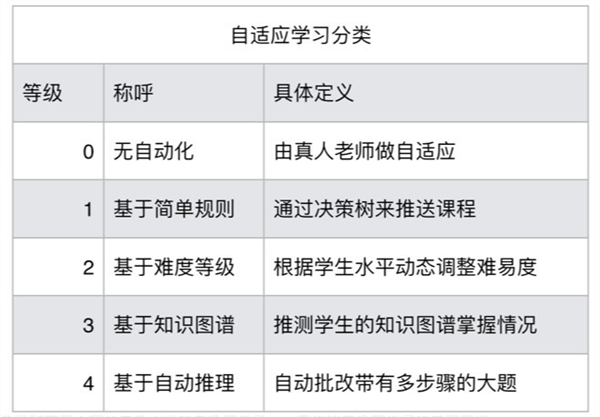
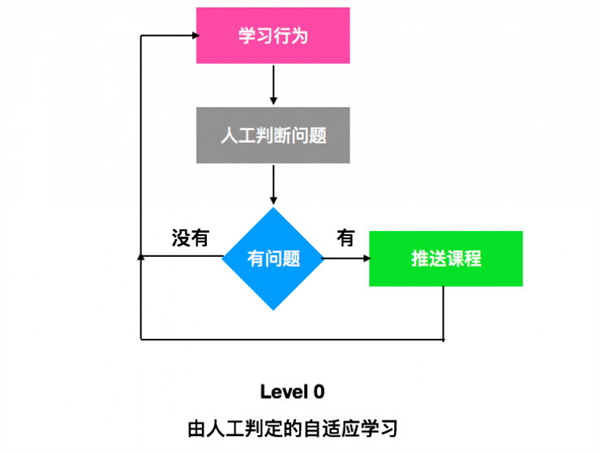
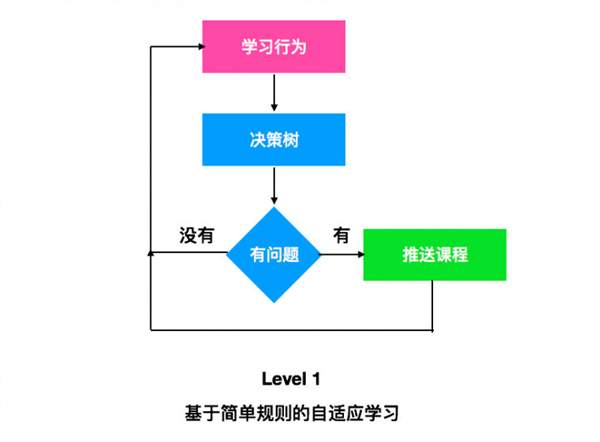
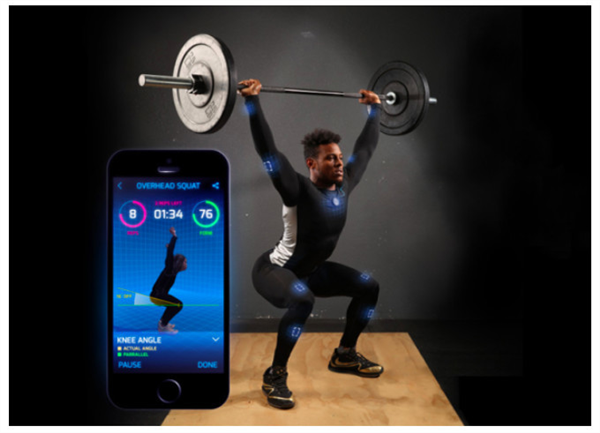
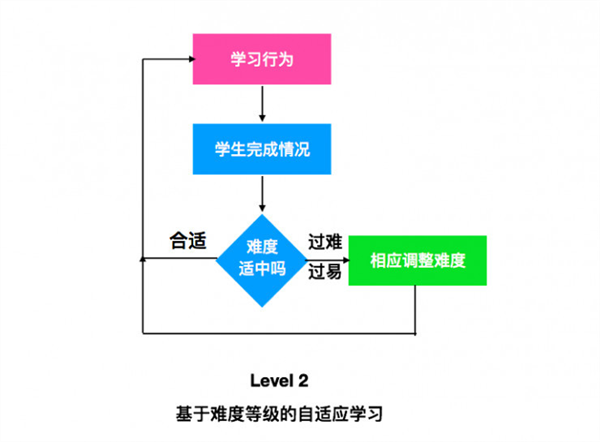
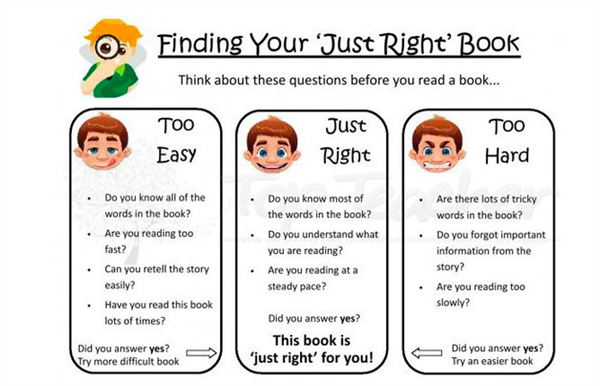
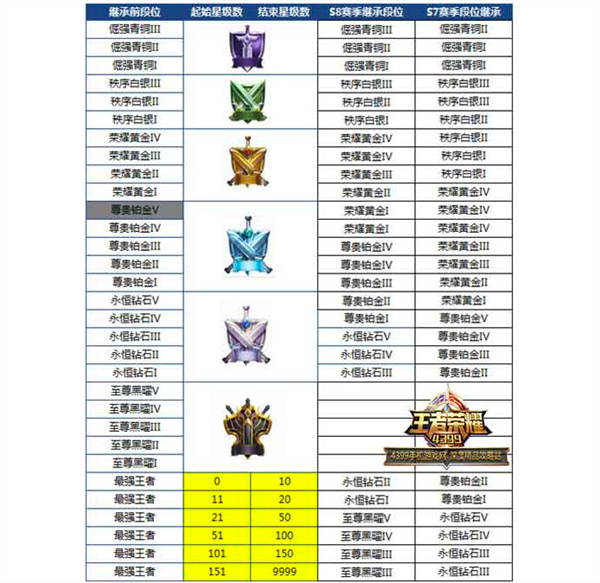
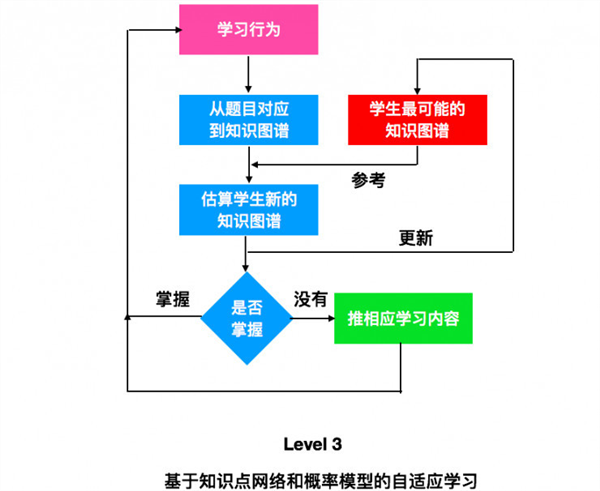
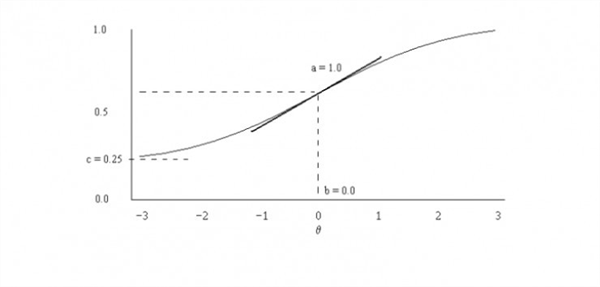

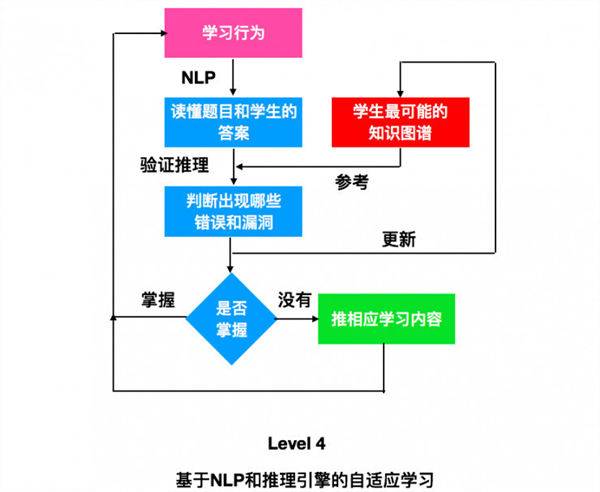
How to upgrade to the highest level of adaptive learning?